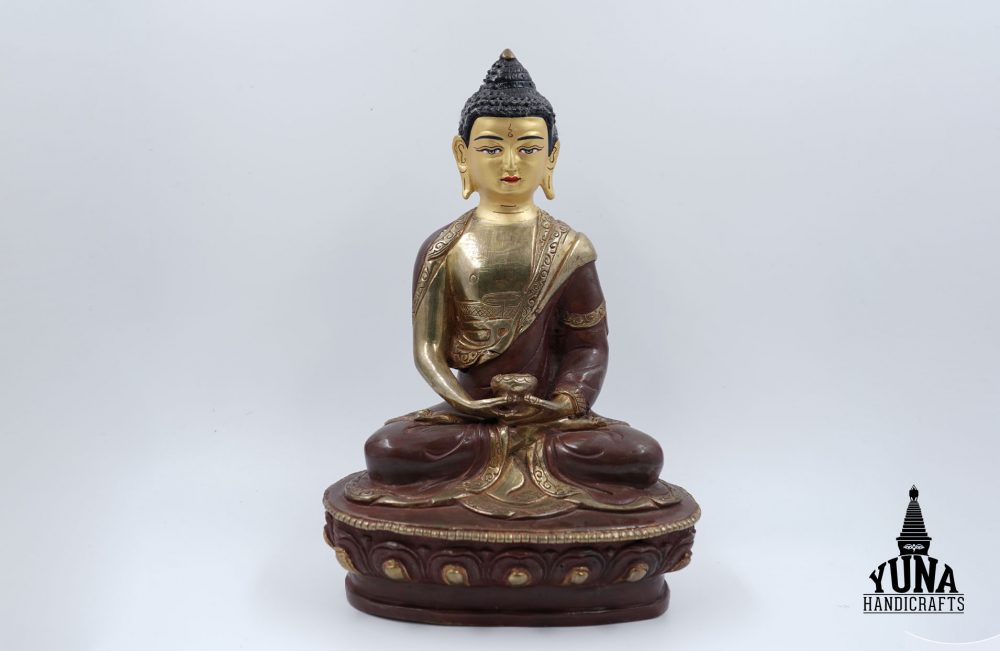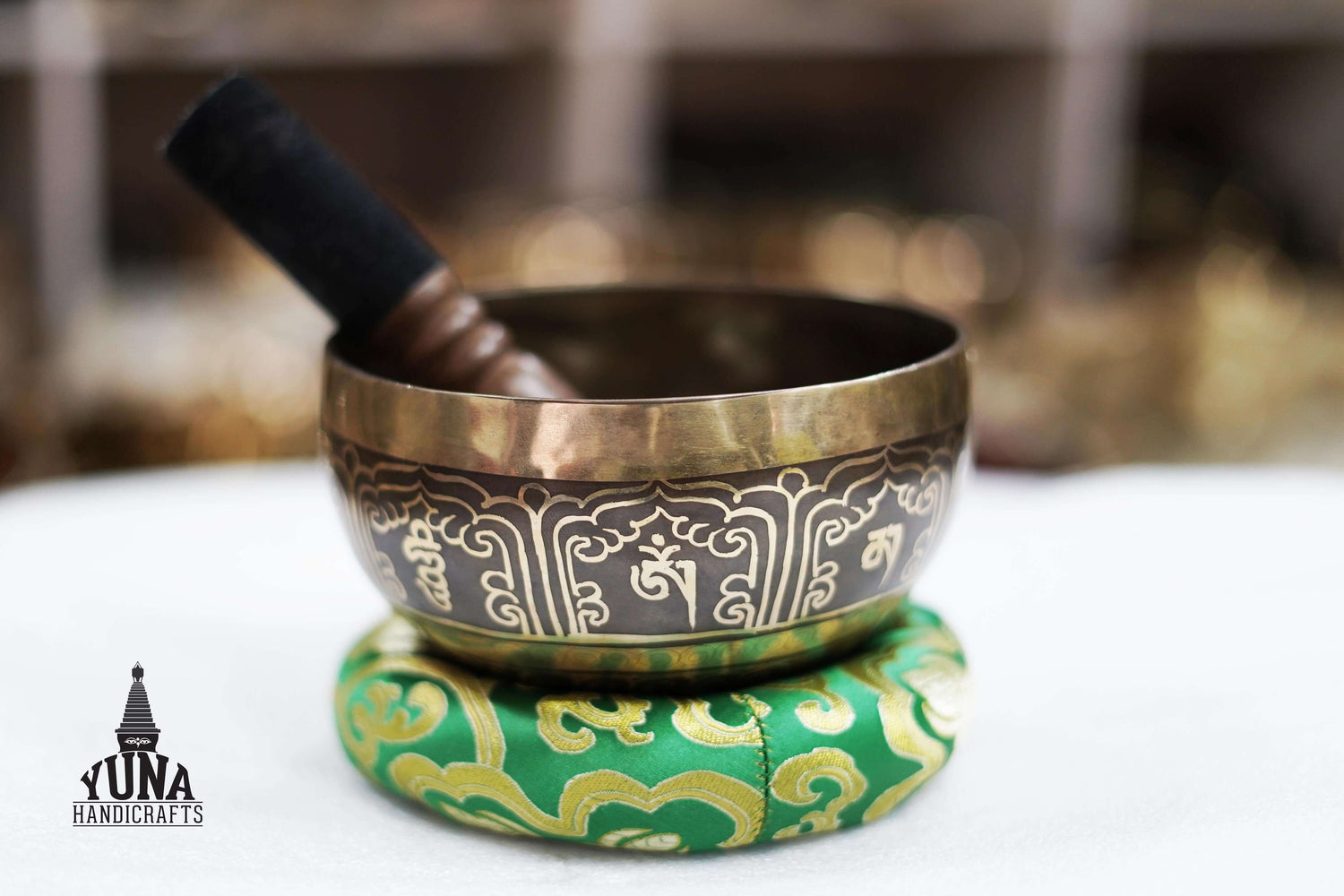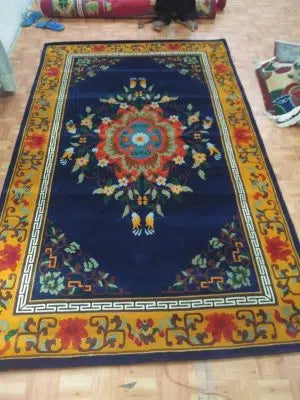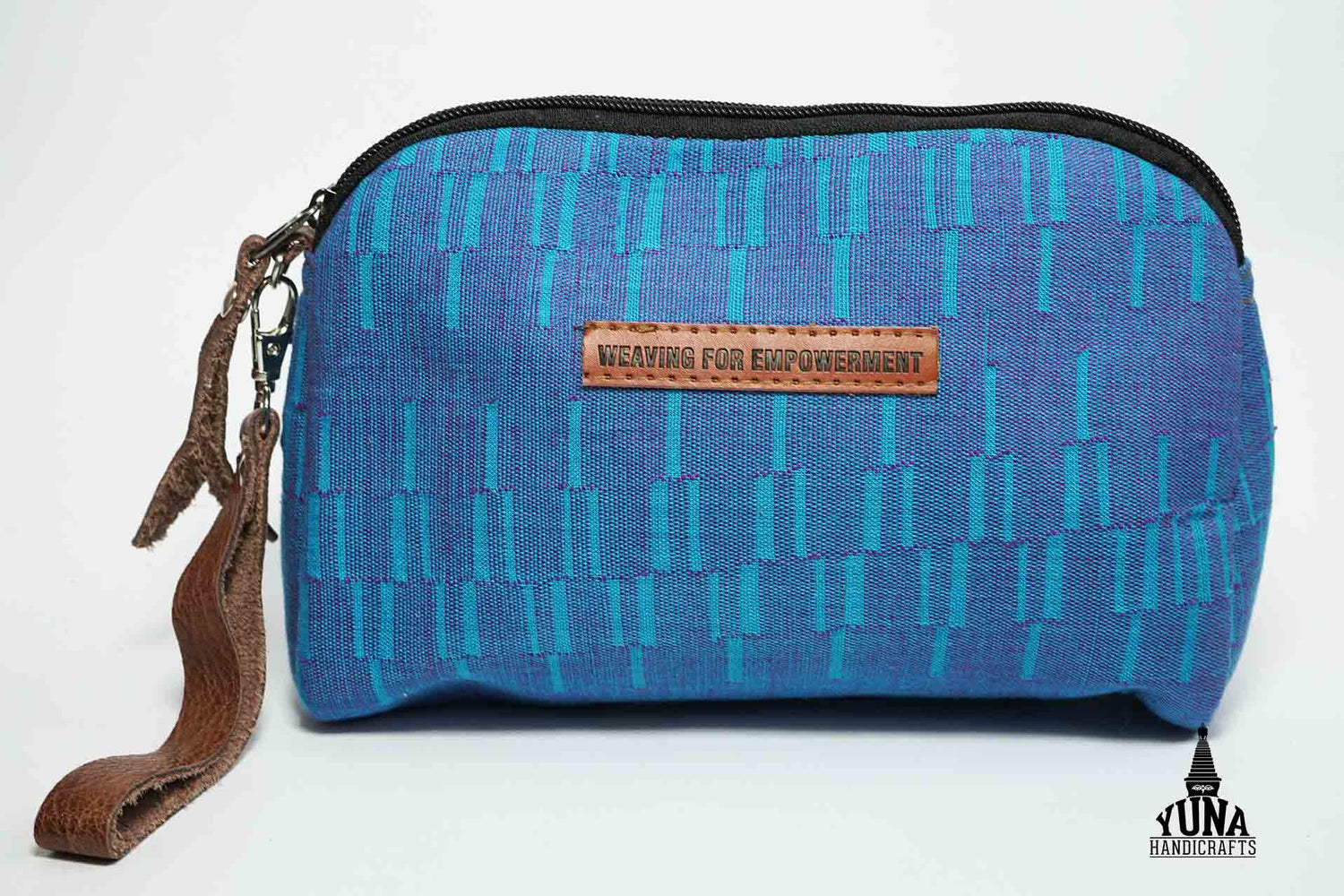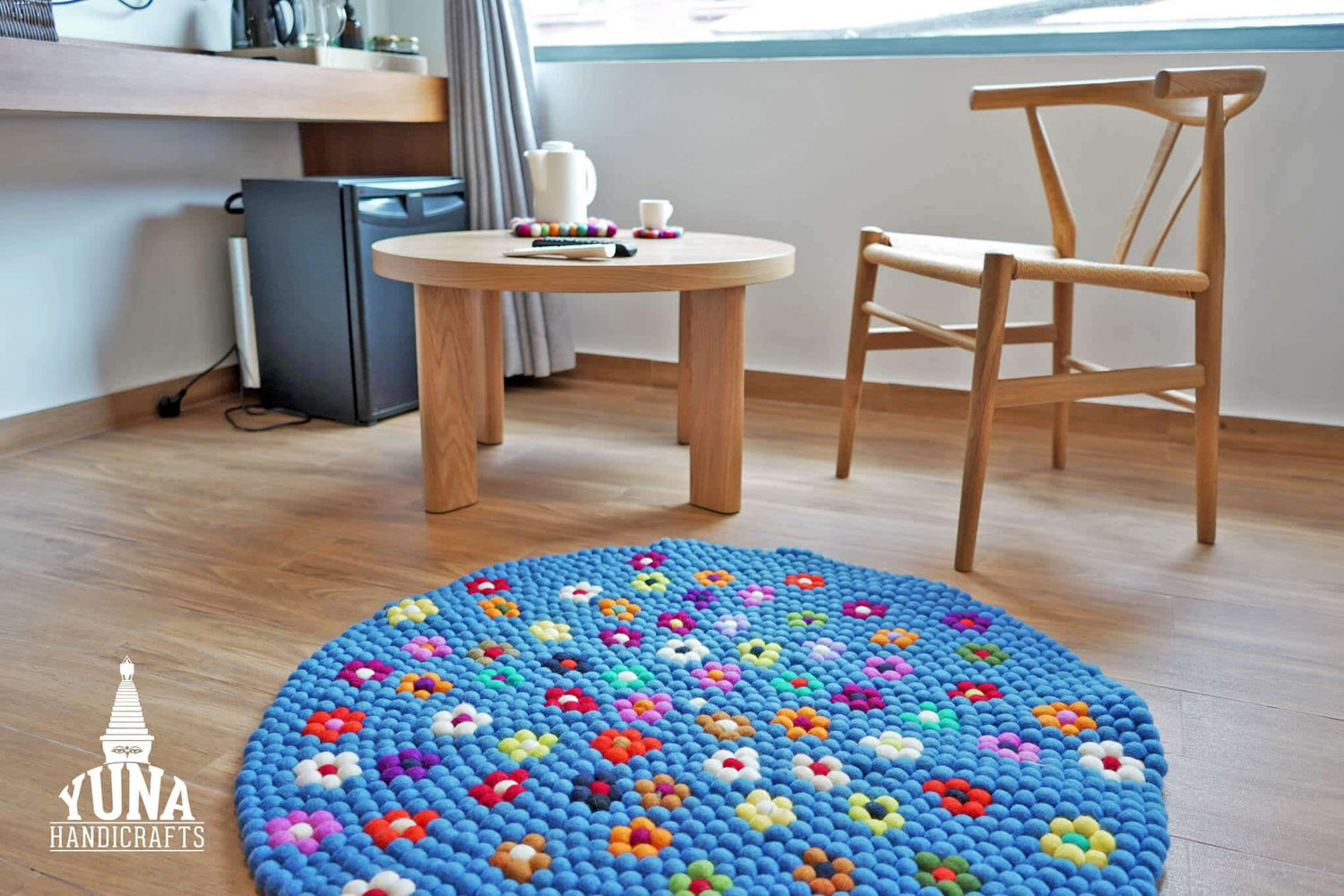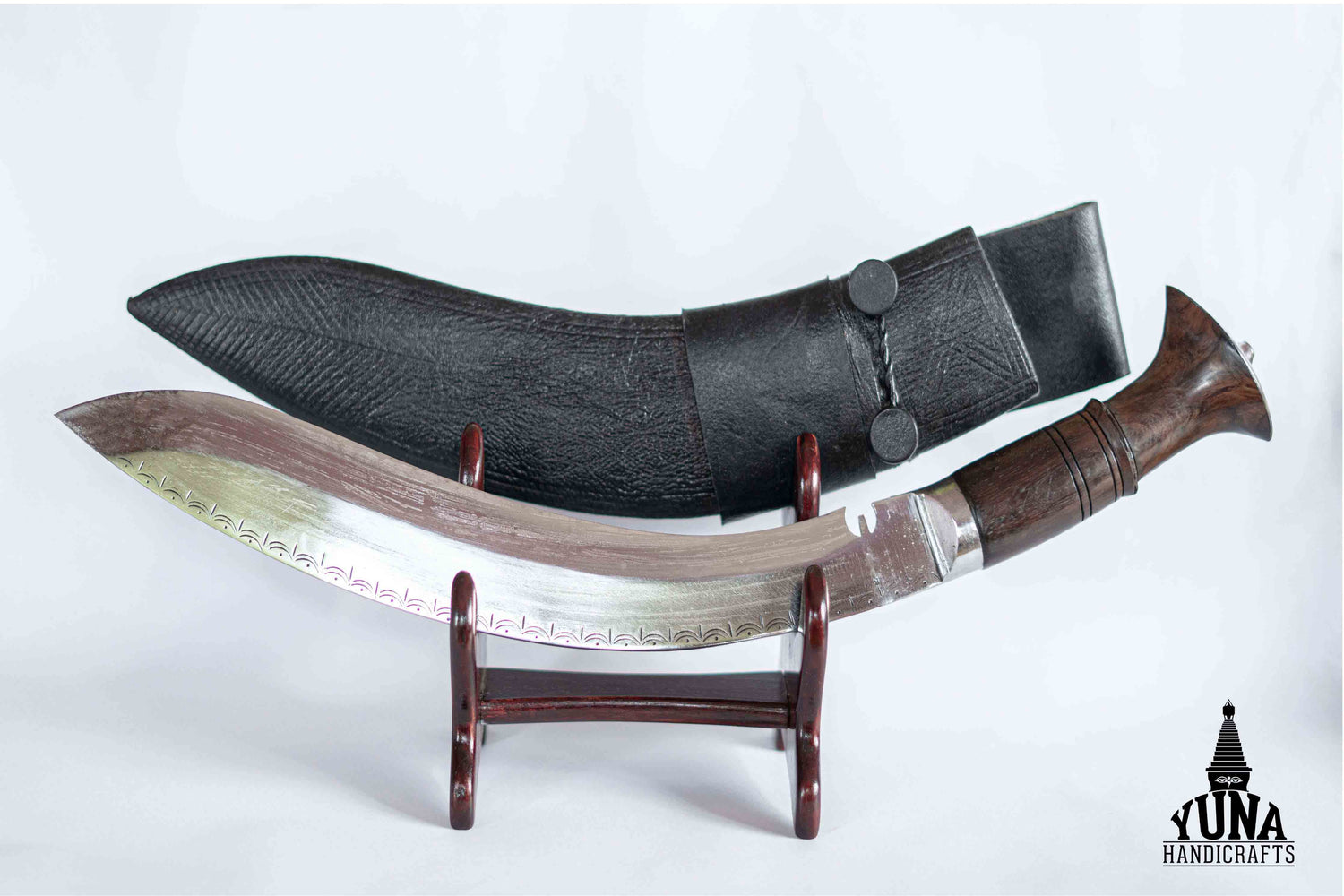
10 Interesting Facts about Handicrafts of Nepal
Nepalese handicrafts reflect one of the oldest civilizations in the world, deeply connected to diverse cultures, traditions, and ways of life. These crafts are a testament to the creativity, skill, and cultural identity of Nepalese artisans. With a wide variety of handicrafts recognized globally, Nepal has earned a reputation for its exceptional handmade creations.
Historical Origins
Handicrafts in Nepal are believed to have originated during the Licchavi period (300–879 AD). The Malla dynasty (13th–18th century) further enriched the authenticity, quality, and artistry of Nepalese handicrafts. Despite modern technology and mass-produced items, traditional and eco-friendly handicrafts remain highly valued, offering a tangible connection to history and culture.
Global Industry and Export Value
Nepali handicrafts are cherished worldwide and serve as popular gifts. They form a billion-dollar industry, with annual exports valued between 5 to 7 billion USD, making handicrafts one of Nepal’s largest industries.
Employment Opportunities
This thriving industry provides jobs to women, single mothers, differently-abled individuals, and underprivileged communities. Through handicrafts, artisans gain meaningful employment and preserve traditional skills.
Source of Foreign Exchange
Nepali handicrafts contribute significantly to the country’s economy as a vital source of foreign exchange earnings while promoting cultural heritage.
Major Export Markets
Nepali handicrafts enjoy high demand in the United States, Europe, Japan, China, the UAE, and Australia. Popular products include Pashmina scarves, Tibetan singing bowls, textiles, bamboo items, and wood carvings, reflecting both traditional value and modern appeal.
Time-Intensive Art: Thangka Paintings
Thangka paintings, central to Buddhist tradition, are intricate artworks that take several months to complete. Each piece preserves religious and historical significance while showcasing exceptional skill and patience.
Worldwide Popularity of Statues
Handcrafted Nepali statues made from brass, bronze, and clay are highly regarded collectors’ items, representing both artistic beauty and spiritual meaning.
Gurkha Khukuris: Unique Nepali Weapon
The Gurkha Khukuri, a curved, handcrafted blade, is one of Nepal’s most famous products. Known as the weapon of Gurkha soldiers, it is recognized worldwide for its design, efficiency, and historical significance.
Mithila Art: Generations of Preservation
Mithila art has been preserved for thousands of years using eco-friendly materials, highlighting Nepal’s commitment to maintaining artistic traditions over generations.
Tamrakar Family: Keeping Metalwork Alive
The Tamrakar family of Patan is renowned for traditional metalwork, passing skills, and cultural knowledge down through generations. Their efforts help preserve Nepalese handicrafts for the future.
All these aspects contribute to the value, beauty, and global recognition of Nepali handicrafts. Through generations, artisans have preserved traditions while enhancing cultural and economic significance, making Nepali handicrafts an integral part of both heritage and modern commerce.


